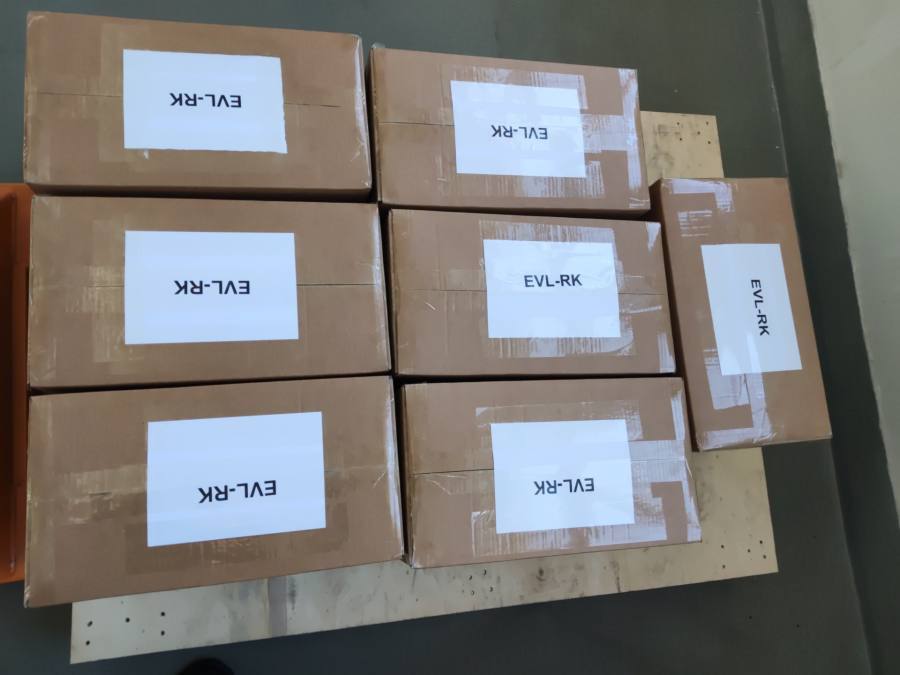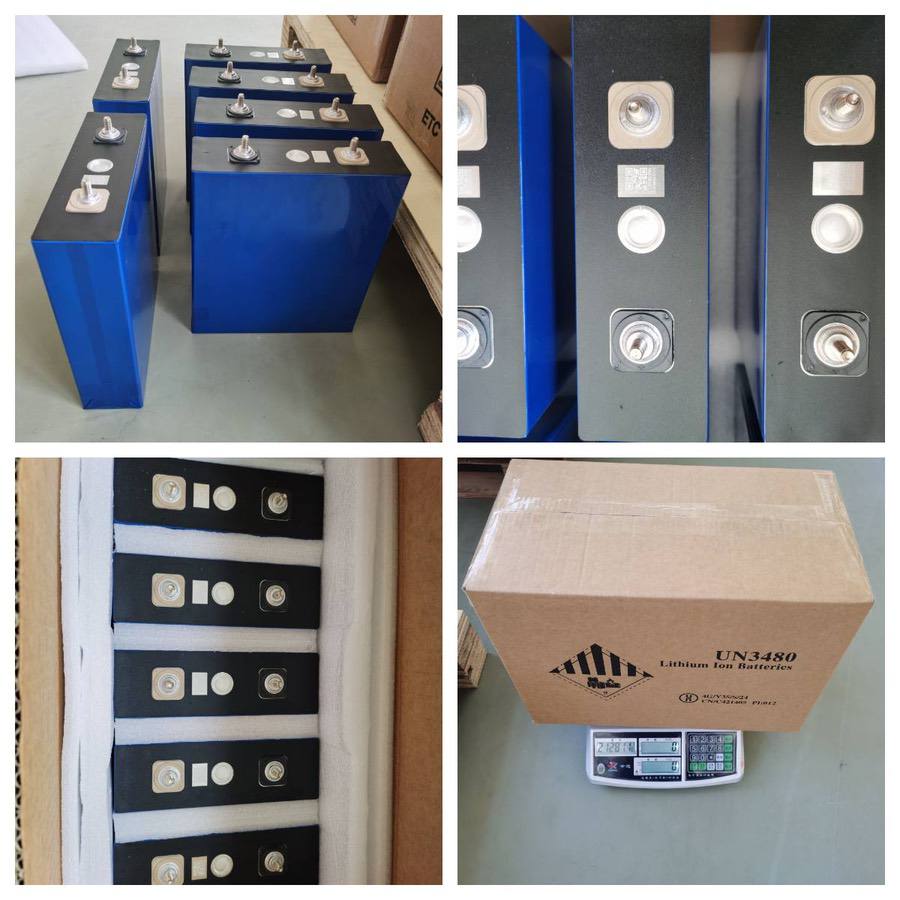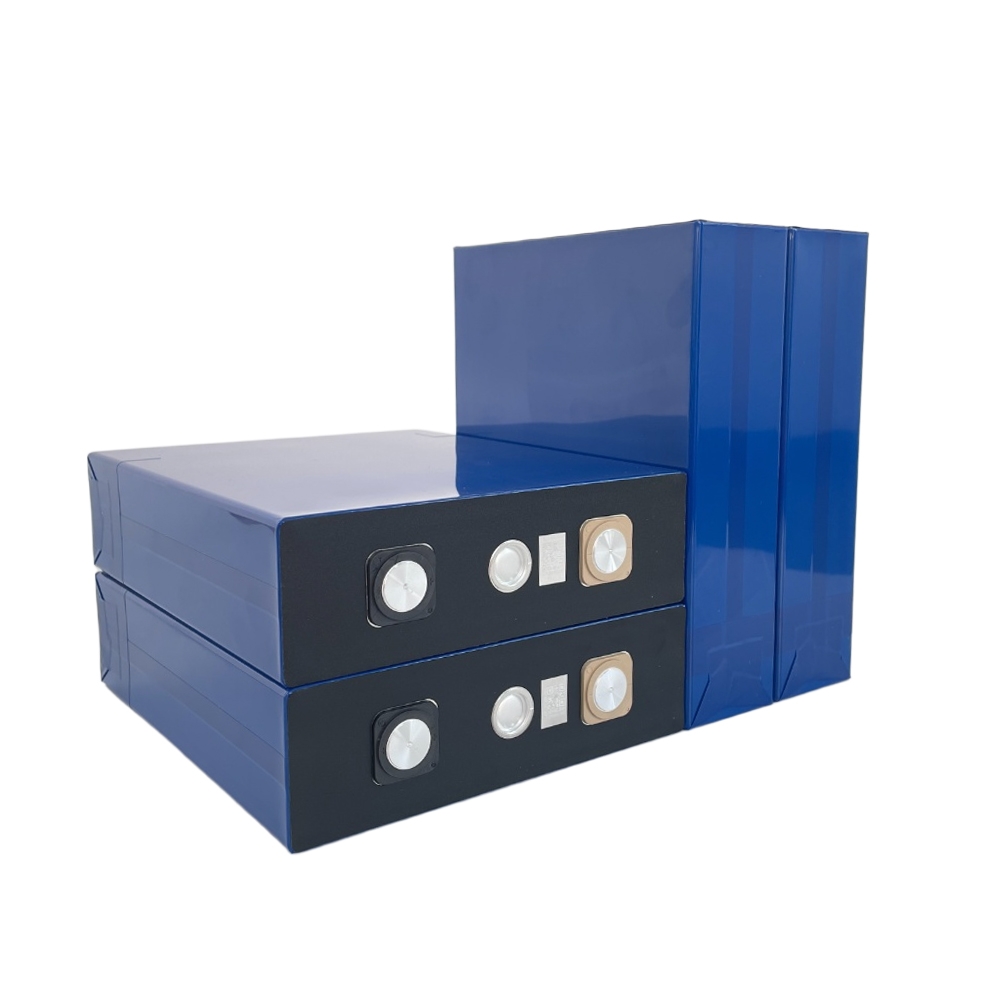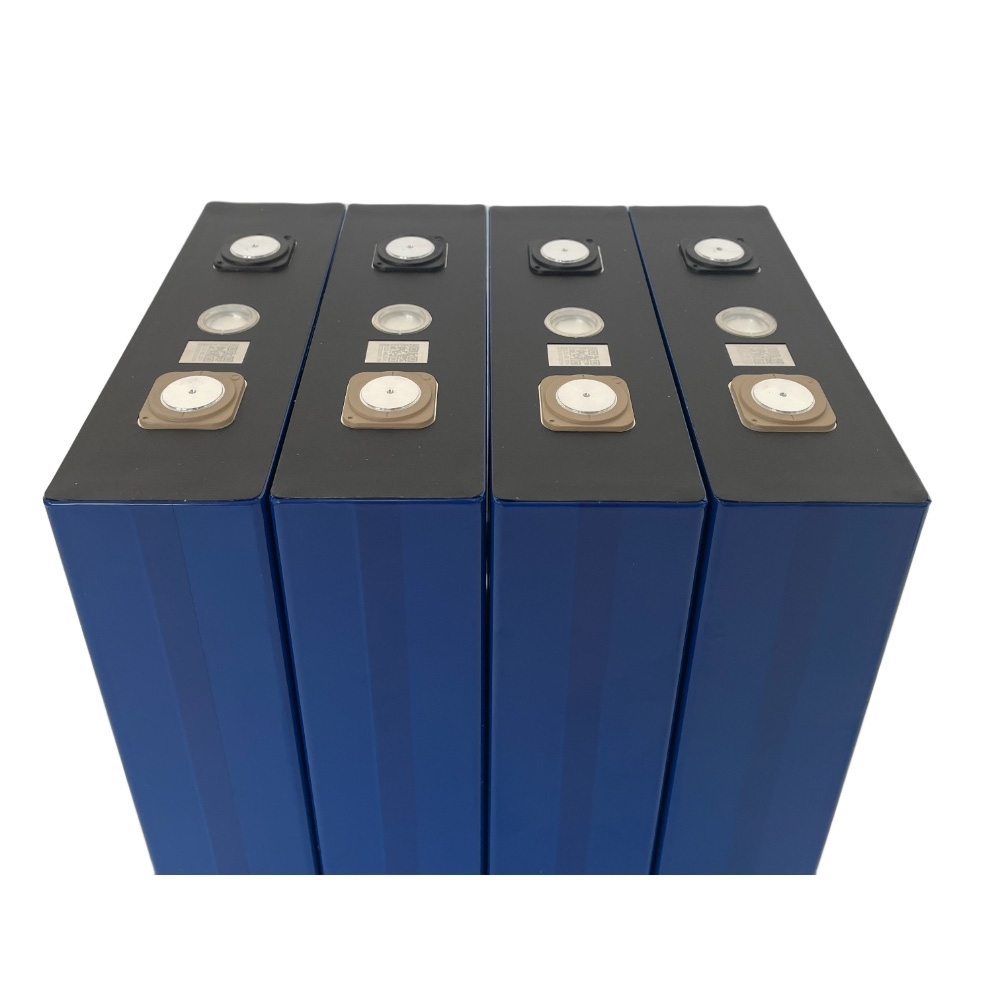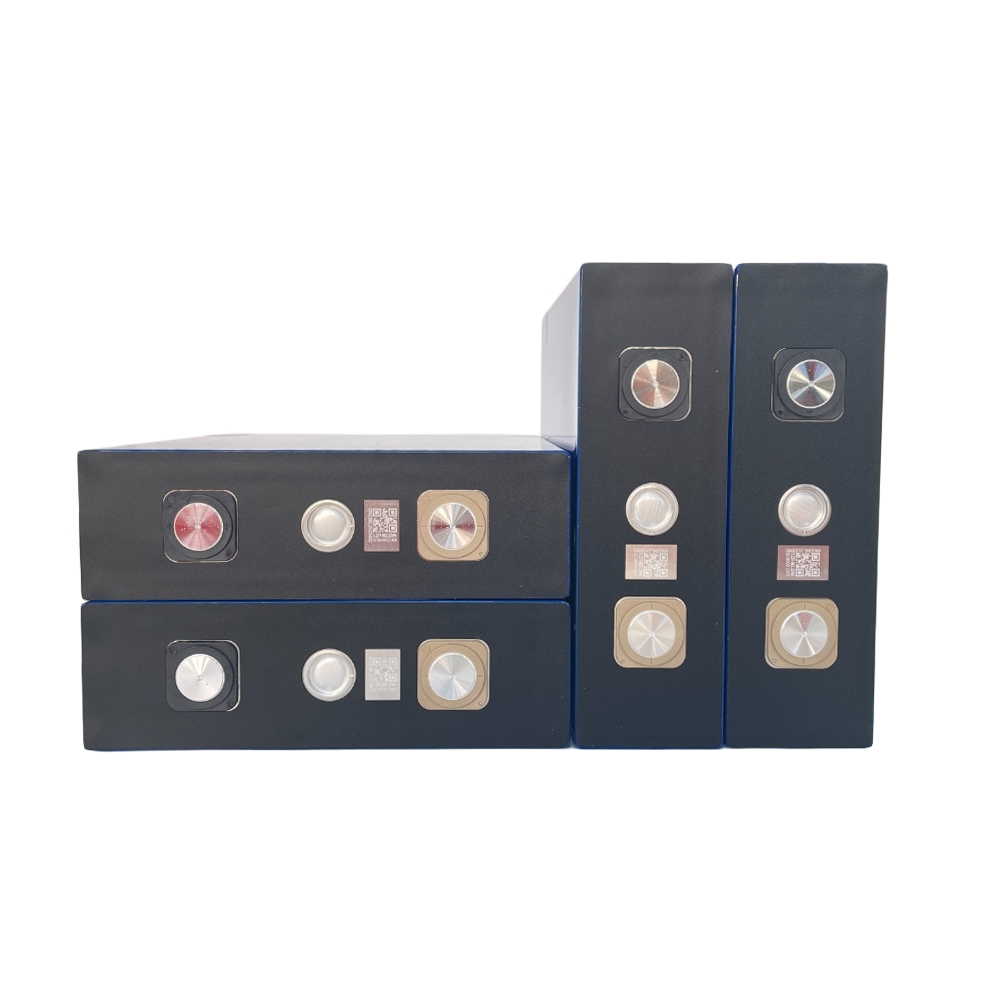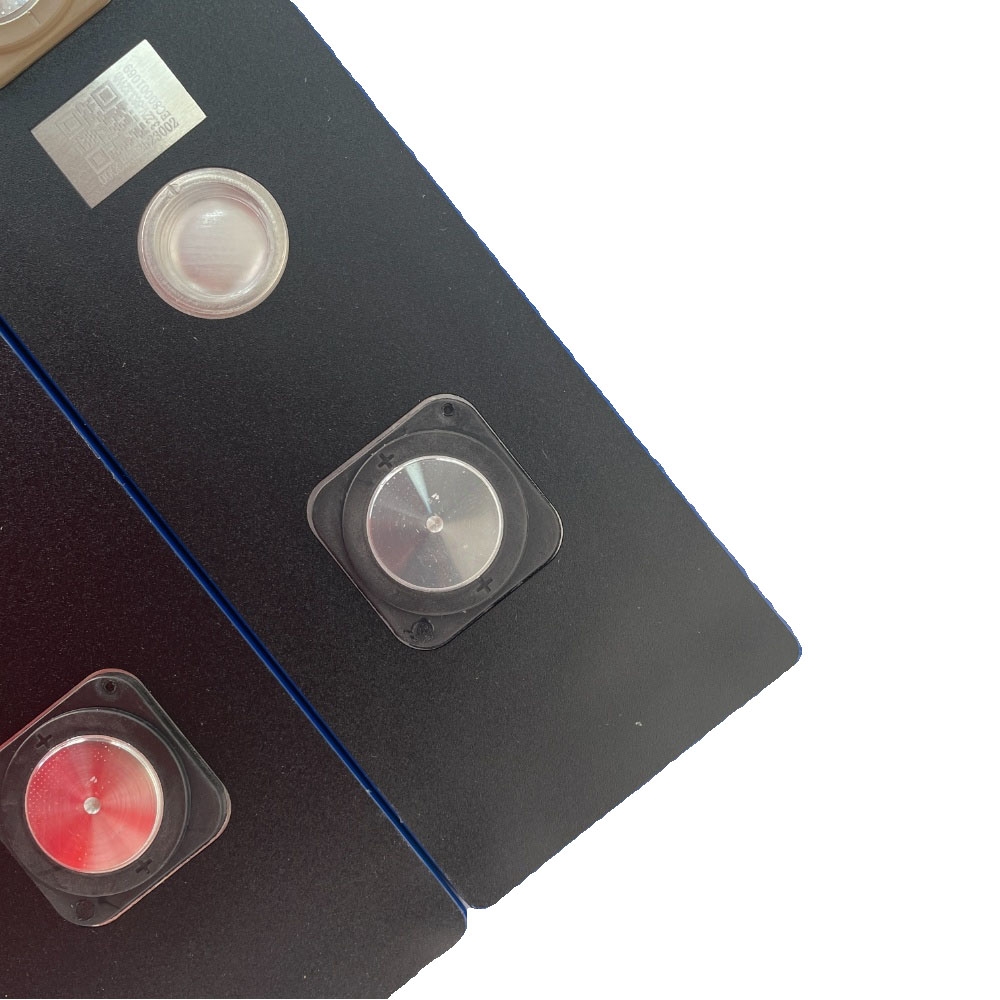3.2V 206Ah ETC EC-AU206-NAH3L0 LiFePO4 Battery Cells for Sale
ETC EC-AU206-NAH3L0 3.22V 206Ah LiFePO4 battery cells for sale
- Category: LiFePO4 Battery Cell
- Tag: lifepo4 battery
Product Introduction:
Application: Suitable for power systems, model EC-AU206-NAH3L0.
Basic Performance: Nominal capacity 206Ah, nominal voltage 3.22V, operating voltage range 2.5V-3.65V.
Charging Mode: Standard charging current 103.0A, maximum charging current 206.0A.
Discharging Mode: Standard discharging current 103.0A, maximum discharging current 206.0A.
Electrical Performance:
Cycle Life: Cycle life ≥ 3000 times, remaining capacity decreases to 164.8Ah.
Temperature Capacity:
At 25°C, capacity ≥ 206.0Ah.
At 55°C, capacity ≥ 206.0Ah.
At -20°C, capacity ≥ 144.2Ah.
Discharge Performance at Different Rates:
At 1/3C discharge rate, discharge capacity ≥ 206.0Ah.
Storage Performance:
At room temperature, recoverable capacity ≥ 195.7Ah.
At high temperature, recoverable capacity ≥ 195.7Ah.
Temperature Rise Performance:
Continuous discharge temperature rise ≤ 10°C.
Pulse discharge temperature rise ≤ 5°C.
Specification
Dimension
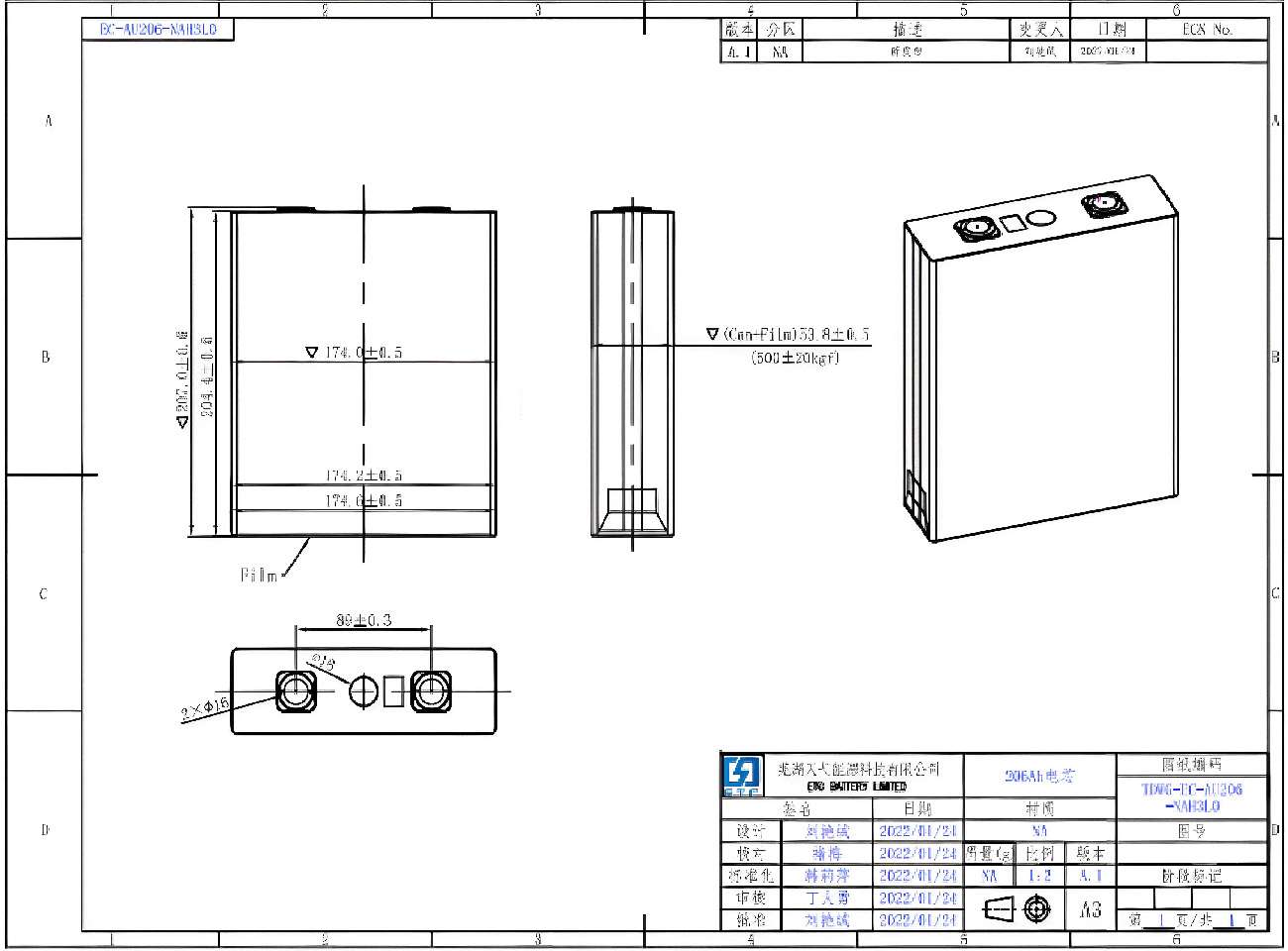
Product Life Management Requirements:
The service life is limited, and the internal resistance of the battery must be monitored and recorded.
When the internal resistance exceeds 200% of the initial value, the battery should be discontinued.
Safety Performance:
Complies with China’s mandatory lithium-ion battery certification standards, such as GB/T31485-2015.
Clamping force is required; the initial clamping force for a fresh battery should range from 300 to 500 Kgf.
Application Requirements:
The customer must configure a battery management system (BMS) to monitor the battery’s state.
The BMS must meet basic detection and control requirements, such as charge termination, overcharge protection, and discharge termination.
Safety Precautions:
Do not immerse the battery in water, expose it to fire, or expose it to high-temperature environments for extended periods.
Do not short-circuit the battery's positive and negative terminals or reverse charge it.
Avoid overcharging and overheating the battery.
Recent Shipment of 32pcs of 3.2V 206Ah LiFePO4 Battery Cells to the USA
